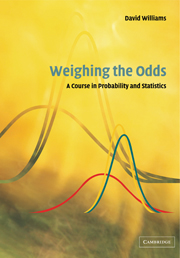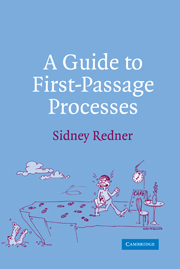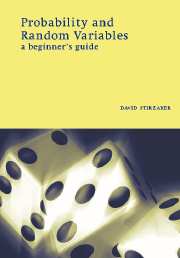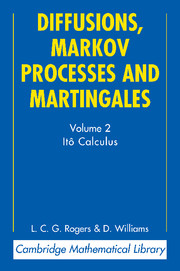Weighing the Odds
Statistics do not lie, nor is probability paradoxical. You just have to have the right intuition. In this lively look at both subjects, David Williams convinces mathematics students of the intrinsic interest of statistics and probability, and statistics students that the language of mathematics can bring real insight and clarity to their subject. He helps students build the intuition needed, in a presentation enriched with examples drawn from all manner of applications, e.g., genetics, filtering, the Black–Scholes option-pricing formula, quantum probability and computing, and classical and modern statistical models. Statistics chapters present both the Frequentist and Bayesian approaches, emphasising Confidence Intervals rather than Hypothesis Test, and include Gibbs-sampling techniques for the practical implementation of Bayesian methods. A central chapter gives the theory of Linear Regression and ANOVA, and explains how MCMC methods allow greater flexibility in modelling. C or WinBUGS code is provided for computational examples and simulations. Many exercises are included; hints or solutions are often provided.
- Many fundamental concepts from statistics are treated; probability is treated as probabilists think of the subject. Modern computing methods are used throughout and code often provided
- Difficulties in statistics are faced honestly, ample discussion of so-called paradoxes
- Quantum probability and quantum computing are treated in some depth
Reviews & endorsements
"This book presents most of the topics usually found in a full-year sequence on probability and mathematical statistics." The American Statistician
"This well-written, interesting, and very useful book provides a lively look and interactions between mathematics, statistics, and probability...An excellent book. Highly recommended." CHOICE
Product details
September 2001Paperback
9780521006187
568 pages
247 × 176 × 30 mm
1.13kg
35 tables 225 exercises
Available
Table of Contents
- Preface
- 1. Introduction
- 2. Events and probabilities
- 3. Random variables, means and variances
- 4. Conditioning and independence
- 5. Generating functions and the central limit theorem
- 6. Confidence intervals for 1-parameter models
- 7. Conditional pdfs and multi-parameter Bayesian statistics
- 8. Linear models, ANOVA etc
- 9. Some further probability
- 10. Quantum probability and quantum computing
- Appendix A. Some prerequisites and addenda
- Appendix B. Discussion of some selected exercises
- Appendix C. Tables
- Appendix D. A small sample of the literature
- Bibliography
- Index.







